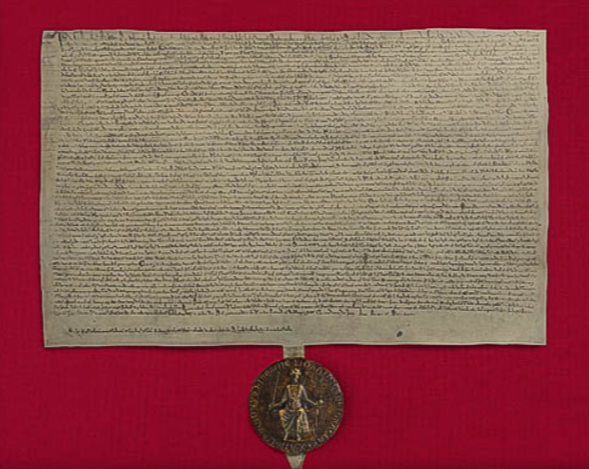Literary Bloomsbury
Bloomsbury is an area of London with a long history of links with writers and thinkers, especially in the early 20th century. Located on the north side of central London, near King’s Cross station, it is the home of great institutions such as University College London, Great Ormond Street Hospital, the British Museum, and the British Library.
Many famous and fascinating people have also called Bloomsbury home; for many of us, the first thing that springs to mind when the name Bloomsbury is mentioned, is the eponymous Bloomsbury Group, a group of writers, artists, and intellectuals centred around Virginia and Leonard Woolf.
Virginia Woolf
The young Virginia Stephen, as she was then, moved into a house on Gordon Square in 1904, after the death of her father. She and her siblings chose Gordon Square as they were attracted by the pretty surroundings, bohemian atmosphere, and the fact that the Slade School of Art is located there. This is still today one of the country’s leading art schools, and it was where Virginia’s sister Vanessa was studying at the time.
Lytton Strachey, as painted by Dora Carrington
In 1912, Virginia married the writer Leonard Woolf, and the couple lived in the area of Bloomsbury for much of their married life, until they moved to Sussex in 1940. During their time living in the various beautiful garden squares of Bloomsbury, they got to know many of the leading writers and thinkers of the day, in particular the novelist E. M. Forster, the writer Lytton Strachey, and the economist John Maynard Keynes. The group’s personal and love lives were sometimes fairly tangled, which led Dorothy Parker to say that they “lived in squares, painted in circles, and loved in triangles”.
Around the same time, other radicals and forward-thinking people also called Bloomsbury home. The crime writer Dorothy L Sayers, creator of the detective Lord Peter Wimsey, lived on Mecklenburgh Square. Once of the earliest women to attend Oxford University, she once delivered a lecture at a women’s society entitled “Are Women Human?”, which considered the position of women in early 20th-century life.
A few doors from her lived Helena Normanton, the second woman to ever become a barrister in England, and the first to have a passport in her own (maiden) name even once she was married. She lectured at UCL, and was among the many thousands who have studied both at its library and at the British Library nearby.
Now residing in a state-of-the-art building beside St Pancras station, the British Library was until the 1970s still part of the British Museum, and its beautiful Reading Room still forms the centrepiece of the Great Court beneath its magnificent glass roof. Although that reading room is no longer open for public tours, many of the library’s treasures are on display at the new site, including the towering King’s Library, comprising the personal collections of Kings George II, III, and IV – which sits in a custom glass case rising through three floors at the heart of the building.
Magna Carta with royal seal of King John
In their collection display, you will also find a First Folio of Shakespeare, two copies of the Magna Carta from 1215, and a bible once owned by the ill-fated “Nine Days’ Queen”, Lady Jane Grey, amongst many other wonders including gorgeous illuminated medieval manuscripts.
Many influential thinkers were connected to these great educational institutions of Bloomsbury: Mahatma Gandhi studied law at UCL, philosopher Jeremy Bentham was such a fervent supporter of that school that his body still resides on display in their student centre, and Eric Arthur Blair – better known by his pen-name George Orwell – was inspired by the looming majesty of the university’s Senate House. While living nearby and writing his dystopian novel, Nineteen Eighty-Four, he modelled the terrifying Ministry of Truth on this great building; he also edited his influential writers’ magazine, Horizon, from a building near Coram’s Fields, which now sits between student accommodation and Great Ormond Street Hospital’s residential building.
That hospital also brings us two more literary connections in this area: J. M. Barrie, creator of Peter Pan, gifted all the rights and royalties of that work to the hospital to fund their lifesaving care for children; and Roald Dahl, creator of The BFG and Matilda among others, helped to develop a pioneering piece of medical equipment for them in the 1960s.
Vanessa Bell, Virginia Woolf’s sister
All these places, people, and events make Bloomsbury as fascinating as it is lovely; if you would like to know more, and explore the area in-depth, please contact me for further information and to book a tour.





